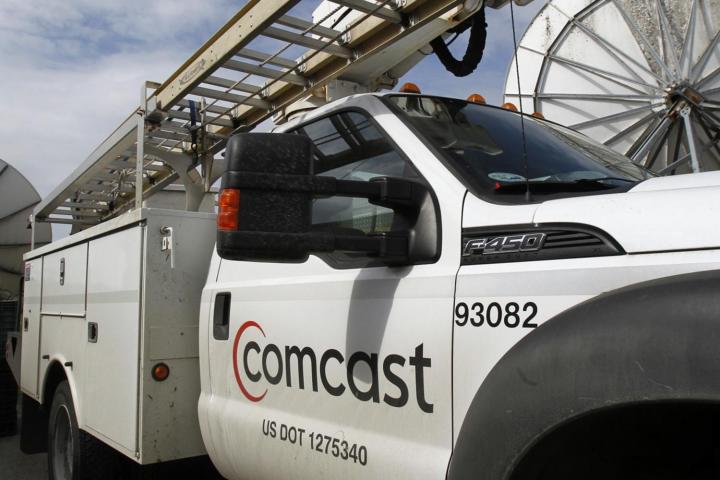
The 13 largest multi-channel video providers in the U.S. (Comcast, DirecTV and Verizon FiOS, to name three), who make up roughly 94 percent of the market share, lost about 105,000 video subscribers in 2013 — a wide 280,000-subscriber swing from 2012’s addition of 175,000. Perhaps most directly responsible for this first-ever net loss is the increasingly out-of-control hemorrhaging of subscribers on the part of top cable companies: about 1.7 million customers cut their cords in 2013.
Despite the loss equaling only 0.1 percent of all subscribers, 2013 nonetheless marks the first year in which pay-TV giants actually came out with an overall year-end loss, according to a recent report by Leichtman Research Group. Cord-cutters the world over are muttering, “You have to start somewhere.”
Specifically, cable companies took the biggest hit — technically, the only hit to actually result in a net loss.
Top telephone service providers AT&T U-verse and Verizon FiOS, along with top satellite TV companies DirecTV and DISH, added a total of roughly 1.6 million new video subscribers in 2013; a total that counteracts the 1.7 million lost cable video subscribers. Thus, the total amount of subscribers among all top multi-channel video providers fell for the first time, by about 105,000, which, in the grand scheme of things, isn’t all that much. There are about 94.6 million total subscribers currently at stake with the aforementioned multi-channel video providers.
While the loss is far from monumental, it could be interpreted as a sign of the times. Those that are wary of the recent moves by big pay-TV players, such as the Comcast-Time Warner merge, may find solace in this report. Though it should be expected that any big changes will be incremental, It’s like trying to make a 180-degree turn with the Titanic: there might not appear to be any considerable progress at any one time, but it’s turning — slowly but surely.


